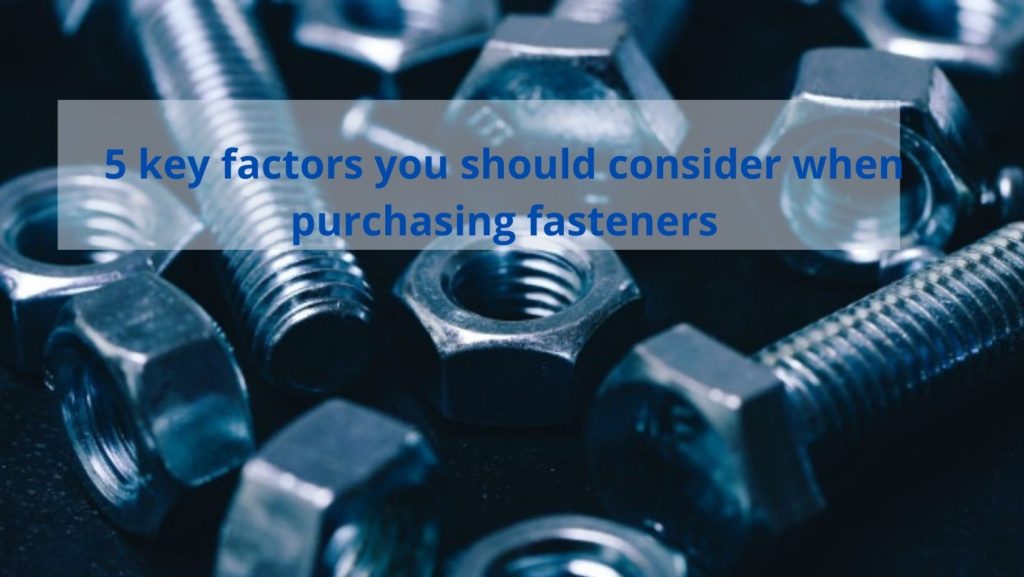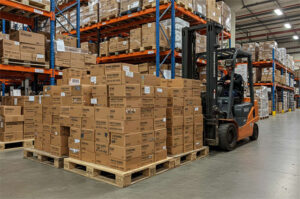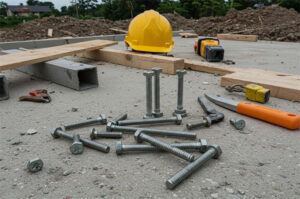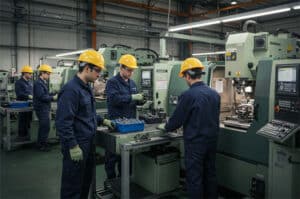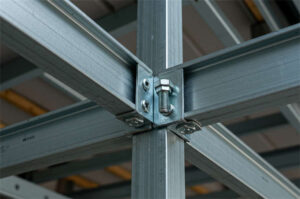5 key factors you should consider when purchasing fasteners
Fasteners are typically a low priority Category C handling event in procurement, but if not managed properly they can lead to product complexity, inventory waste and increased costs for later projects. The global market for industrial fasteners is large and complex, with demand growing steadily each year. Fasteners are used in virtually every industrial sector application; literally, they are the parts that hold everything together. Without them, our cars, furniture, cell phones, and even the chairs we sit in would fall apart.
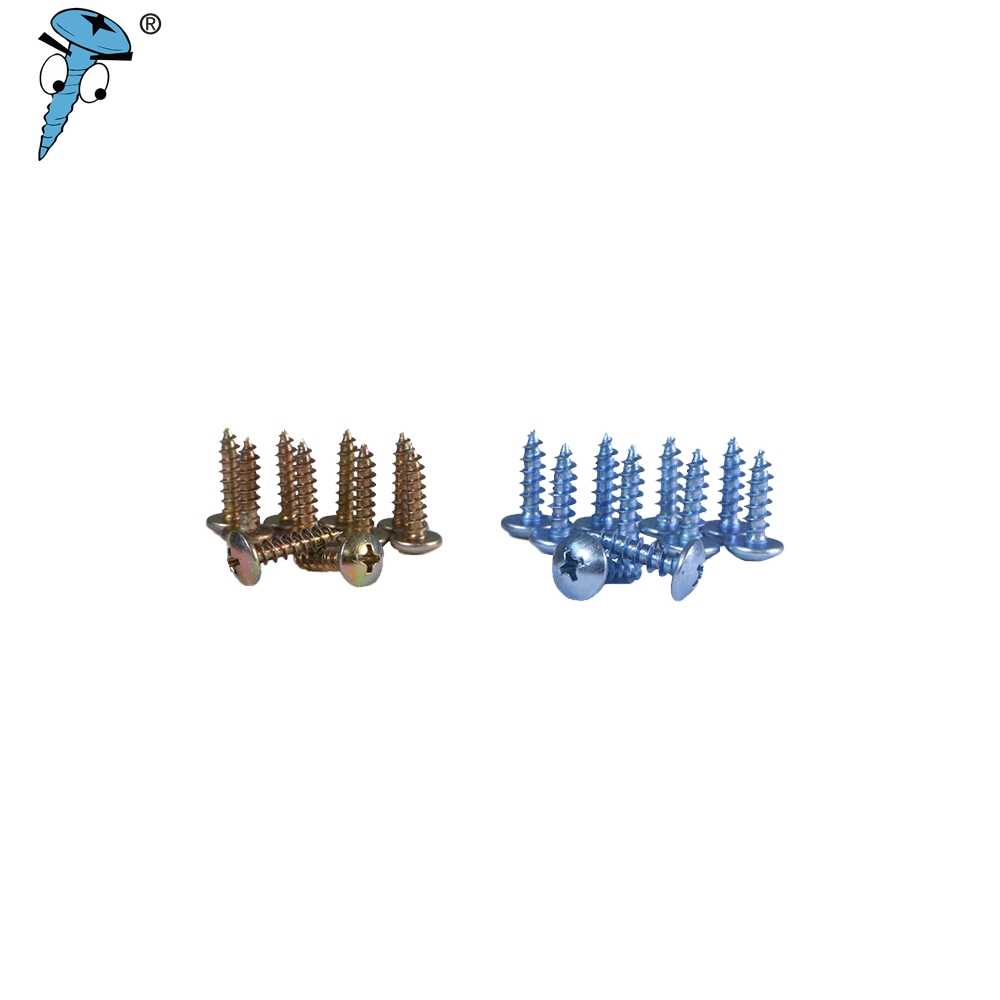
Knowing some of the key characteristics of the fasteners you are purchasing will speed up and improve your procurement results. Here are five things you need to know when sourcing fasteners.
1) The raw material of the fastener
Choosing the right fastener material is not only important when considering cost, but even more important when considering factors such as strength, brittleness and corrosion resistance.
Carbon steel and stainless steel are the most commonly used materials, accounting for about 90% of all fastener manufacturing. Steel and stainless steel together with plastic fasteners dominate the automotive industry. Steel continues to gain popularity due to its tensile strength, durability and high degree of malleability. While stainless steel appeals to users through its corrosion resistance, it does lack the ability to be hardened to the same strength as hardened Grade 5 and Grade 8 steel varieties.
Silicon bronze (bronze) is primarily used in marine environments. This alloy makes it superior to stainless steel fasteners for its high corrosion resistance and superior to brass for its strength in marine engineering. However, bronze can be very expensive, which suggests that it has limited applications.
Brass and aluminum fasteners are also commonly used. Both of these materials are highly corrosion resistant, but they are softer than those mentioned earlier. Brass is mainly used for its attractive appearance, while aluminum is often used when weight is an important detail in technical specifications.
2) Coating of fasteners
Coatings are usually used for one of two purposes: to increase or improve corrosion resistance, or for decorative and cosmetic purposes. Zinc, hot-dip galvanizing and chrome are the most common fastener coatings.
Galvanizing provides better corrosion resistance in most environments, although it is prone to rusting if the coating is damaged or exposed to prolonged water immersion and moisture.
Electroplating coats the fastener with a thick layer of zinc. This creates greater corrosion resistance, but because of the thickness of the coating, galvanized bolts are not compatible with other nuts.
Chrome plating is used to resist corrosion and as a decorative feature in some applications. Chrome plating provides similar corrosion resistance to zinc, but offers a high quality finish. Typically, it is used where a polished finish is required due to its higher cost.
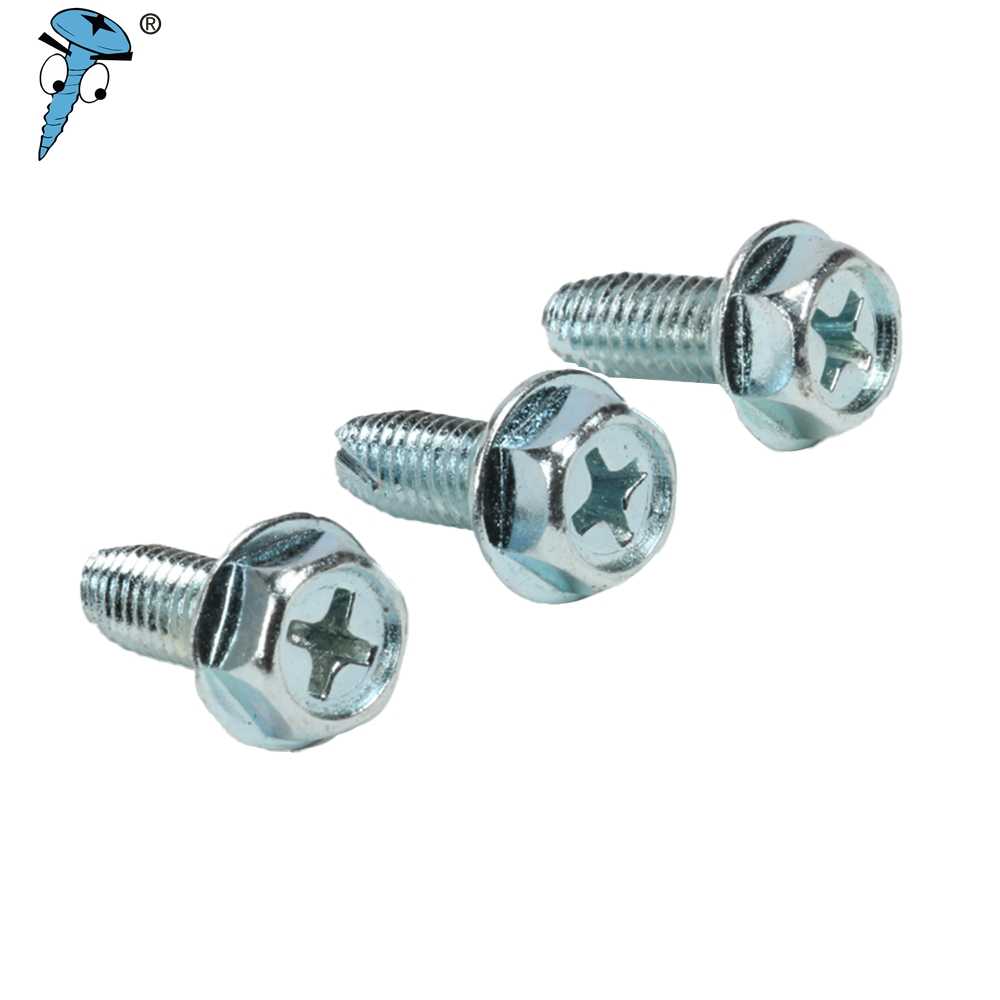
3) Types of Fasteners
There are an endless number of different types of fasteners, but the most common are bolts, screws nuts, washers, clips, and pins.
There are more variations in each of these categories, and each application may require a new fastener to be designed. For example, when sourcing screws, it is important to know the type of head required (flat, pan, truss head, etc.). Each type has its own unique purpose.
Among these different fastener commodities, you can choose to design your product using standard off-the-shelf components, or design your own unique fastener to best suit your purpose.
Both strategies have advantages and disadvantages: off-the-shelf components offer cost savings, although they may not be a perfect match for your requirements, while custom fastener engineering ensures that components meet the desired specifications, but at a higher cost.
Leading engineering and supply chain teams work together to limit the number of fasteners to an approved list before developing future products to reduce factory inventory and improve serviceability.
4) Fastener Sizing
Size is another differentiating factor that will determine where you can source your fasteners from. It is common for fastener manufacturers to develop capabilities in certain size ranges, such as M6 or larger and M5 or smaller. This is due to the equipment required for the different size ranges.
What does the “M” in screw size mean? In the simplest terms, the “M” refers to the major or nominal diameter, which is the measurement of the outermost protruding part of the screw. This is usually the measurement used to determine the general size of a screw, although there are many other measurements such as length, pitch and thread size.
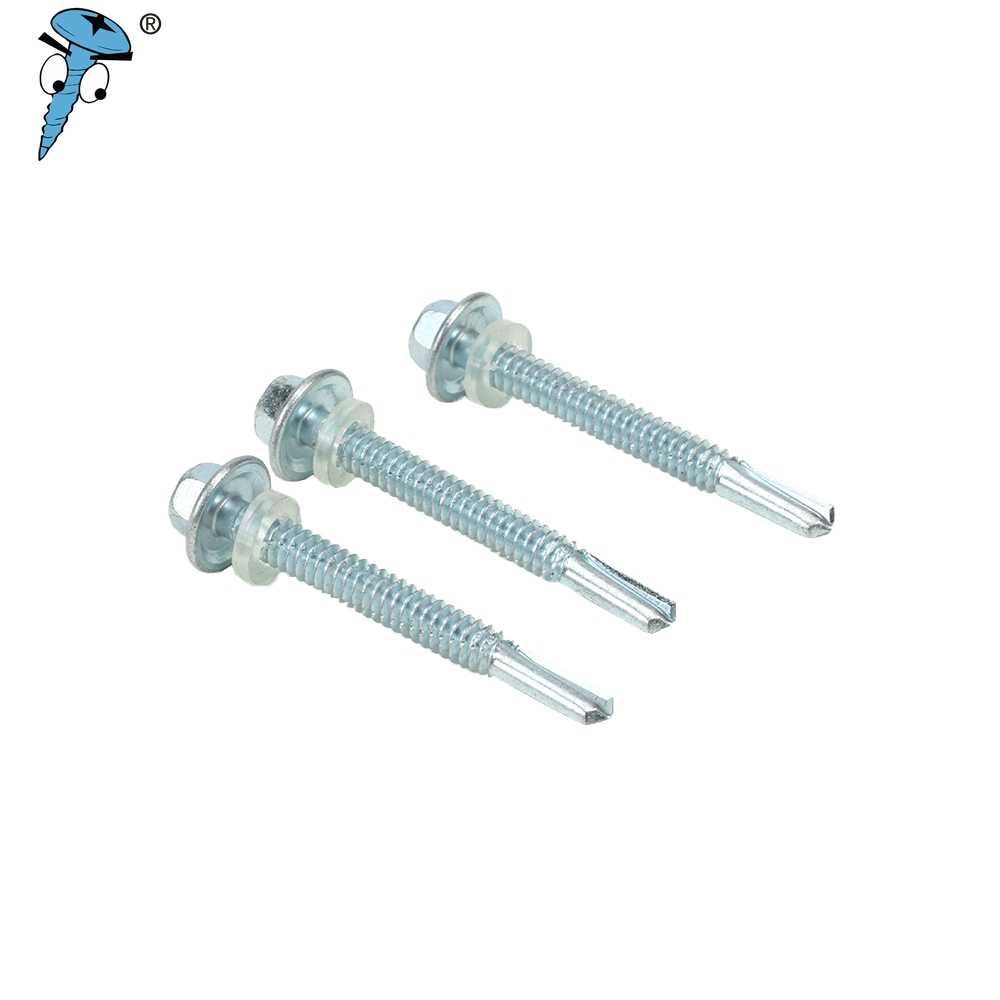
5) Source of fasteners
Fasteners, unlike many other components, can be sourced through multiple sources, rather than directly through the manufacturer. The latter can be very beneficial if you have very high volume and low diversity fastener needs, or if you have a need for custom fasteners. However, if you are looking for more fastener types and sizes in the medium or low volume range, distributors may offer you greater value, as many manufacturers will refuse to offer lower volume packages directly to their customers.
But with the changing perceptions of individual fastener manufacturers, a greater grasp of customer needs, and a much higher sense of service than before, it is not a bad choice for us, the majority of consumers, to choose to work directly with the factory as a more optimal option.
In terms of logistics, distributors can also be an advantage when sourcing multiple fasteners from multiple manufacturers. In this case, the distributor manages all the logistics of getting the parts from the manufacturer and the customer is only responsible for receiving the parts from the distributor.
Supply chain professionals will unlock significant value for their companies and create a competitive advantage by using a strategic sourcing approach to sourcing fasteners based on the five elements mentioned above and focusing on the true cost of the fasteners they purchase.
By learning everything there is to know about fasteners, sourcing and procurement professionals will reduce product complexity, inventory, and ultimately, product cost.
